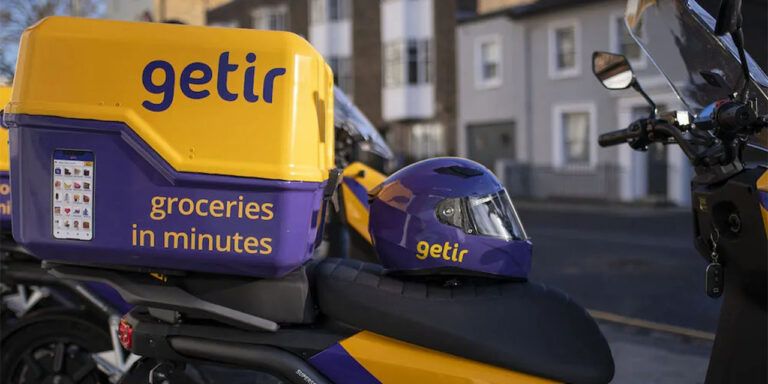As consumers, we are all familiar with a typical day in a grocery store: bustling aisles, baskets being filled, shelves being stocked, fresh foods on display, and promotions luring shoppers to impulse decisions. But for those driving grocery retail, there is so much more to the story. Striving to keep shelves stocked, keeping up with real-time inventory balancing, executing ordering plans, and ensuring customers have the best experience possible can seem like a Herculean effort.
Questions like, “Are associates working from a centralized or decentralized model?” “What level of visibility do they have into replenishment and demand planning?” “How well are they able to assess and minimize waste risks?” “What level of interaction do they have in ordering and ensuring local demand is met?” are unlikely to cross the minds of consumers. However, for retailers and store associates, these are critical factors that dictate success and customer experience on any given day.
We set out to establish benchmarks for standard, day-to-day practices in grocery retail based on conversations with grocery retailers in North America and Europe operating on centralized and decentralized supply models.
From our conversations, we see three overarching needs emerging as likely to dictate the evolution of grocery retail in the years to come:
- Increasingly intuitive tools for planning, inventory, and operations that drive efficiency for end users.
- Data-based decision-making through the ability to take a vast amount of data and make it actionable.
- More informed and agile planning based on clearer visibility of real-time capacity.
This study was primarily driven by a global survey conducted by RELEX in 2024, which revealed that AI and machine learning only ranked fifth in importance for overall technology investment, behind inventory management, demand forecasting, and leveraging data analytics.
By not seeing a clear connection between AI and ML and their impacts on these supply chain priorities, we hypothesized that grocery retailers may disregard technologies that would significantly impact their operations. All retailers have insight into inventory practices and processes, but AI and ML can take these insights to the next level. By using AI and ML-driven solutions, retailers can make more accurate predictions, streamline operations, and reduce inefficiencies. This helps move from basic practices to more advanced, data-driven decisions. Further, more intuitive technologies speed up training and reduce stress on employees in their daily work lives.
Methodology
RELEX research was conducted across a mix of hosted, invitational, and un-hosted visits with multiple grocery chains in North America and Europe. In each case, the aim was to gain insight into a worker’s day in different departments, the tools they had at their disposal, how they prioritized tasks, and the challenges they encountered during those tasks.
Beyond that store feedback, we also interviewed several experts. We applied our expertise to analyze where specific systems or technologies weren’t fit for purpose or where stores were falling short of optimization.
A day in the life of a grocery store
Departments
Store departments often operate independently from one another, each having its own profit and loss (P&L), schedules, objectives, and KPIs.
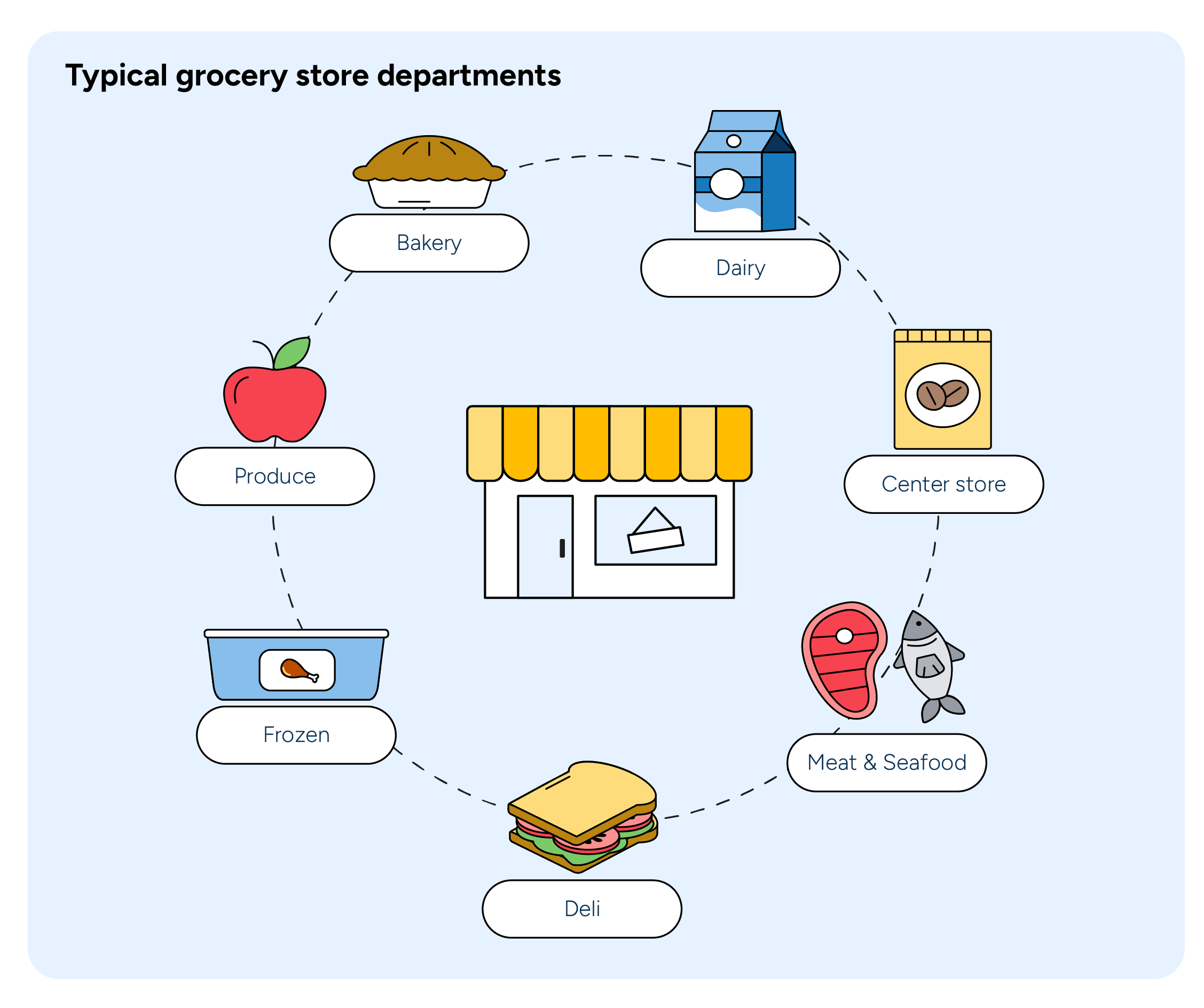
Roles and tasks
Store Managers oversee these departments and often have autonomy when steering the business. They are typically given sales targets and monitor different departments to help reach them. Workforce scheduling and budgets fall under their remit, while they also manage vendors, sign off on orders, and ensure the correct implementation and review of retail planograms.
Department Managers are responsible for planogram changes, including promotion end caps and reviewing assortment and space changes. They also work with store associates on food preparation, the store perimeter, and the ordering, auditing, and replenishing process. Department Managers usually receive suggested orders and, if they don’t have an automatic ordering system, review them and sign them off manually.
Store Associates manage the more continuous tasks within a store, including product assortment changes, where items are removed, moved, or added according to price, promotion, or demand factors. A key component in Store Associates’ jobs is recurring inventory, which identifies empty shelves and carries out fresh checks on items with shorter lifespans.
This graphic reflects the cyclic nature of grocery store operations – how tasks and decisions have a cumulative effect on simultaneous daily processes.
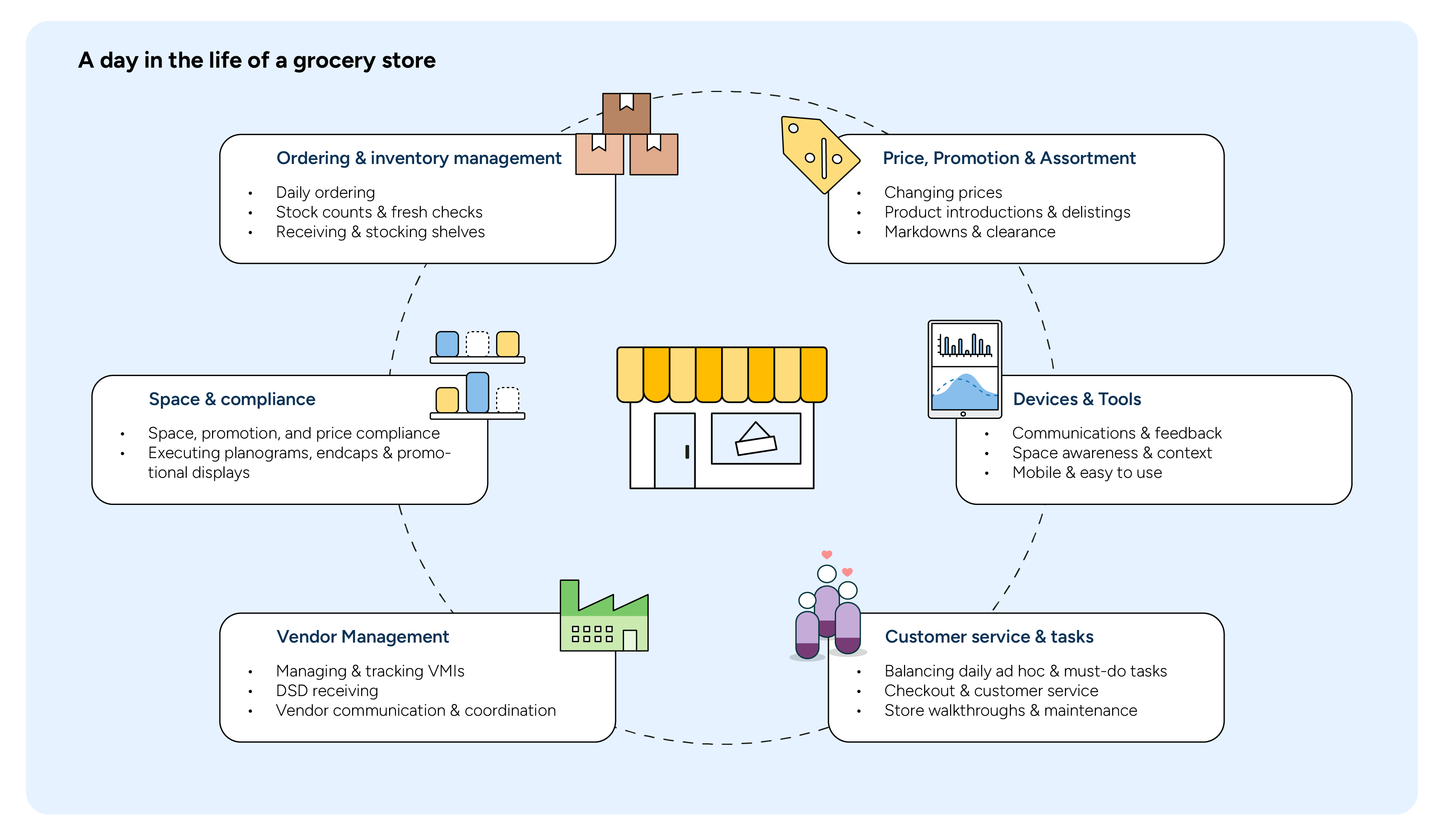
Below are three daily routines broken down into differing store departments:
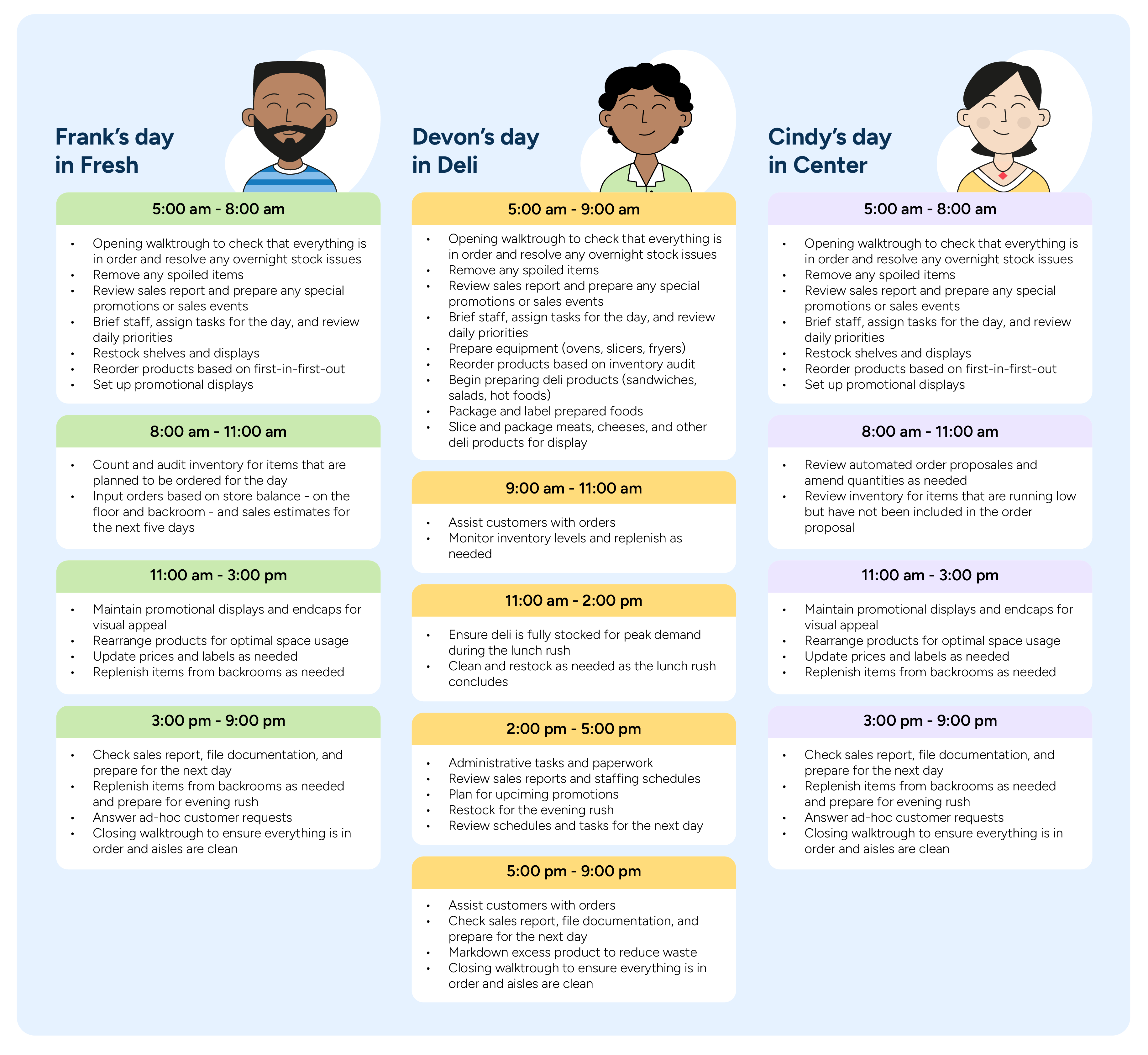
Pain points
Workers across these departments shared their direct needs and pain points during our visits. Below are the ones most often called out.
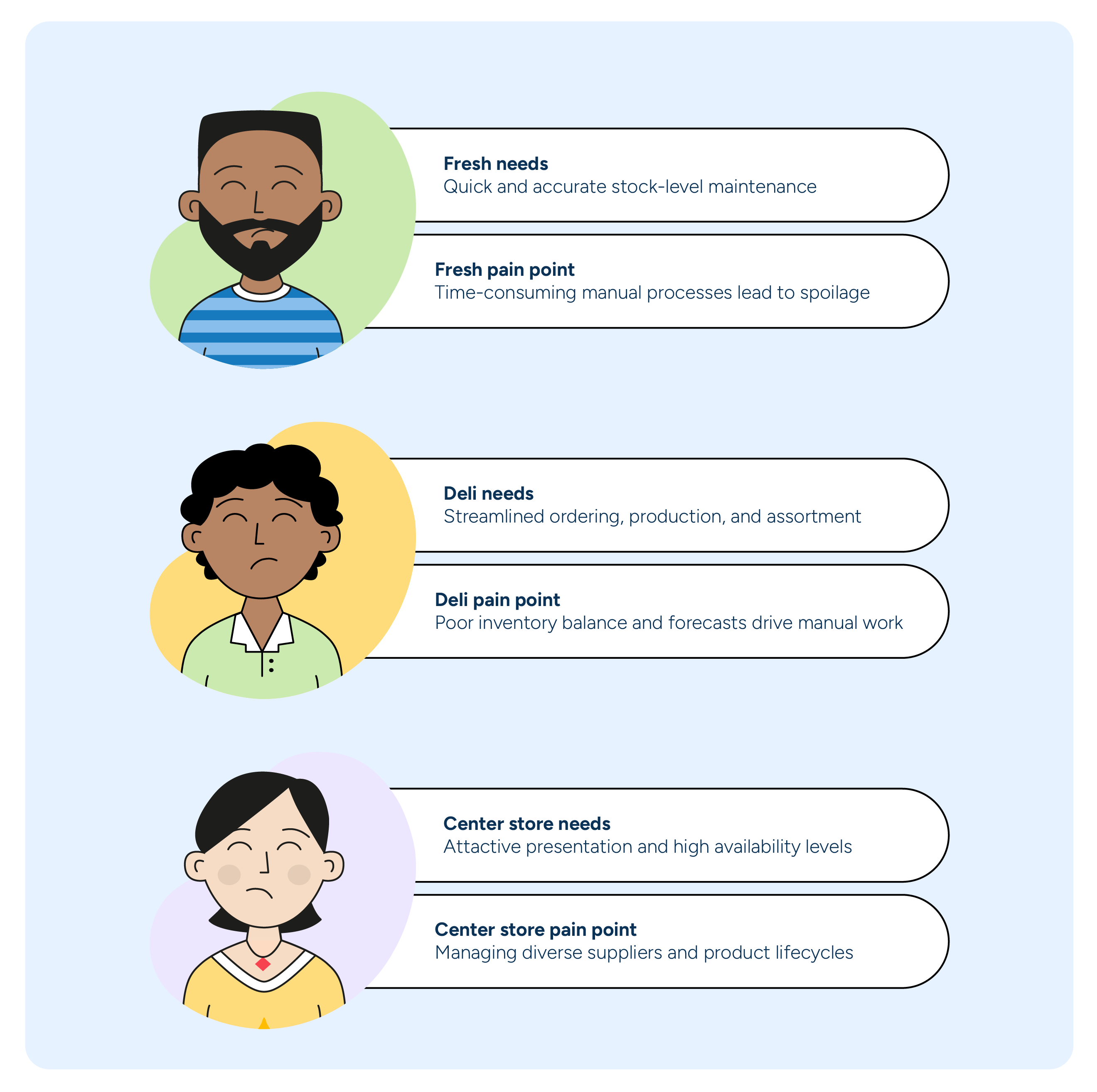
Grocery store challenges
During the store visits, we took firsthand workers’ accounts to establish what they found frustrating or inefficient in their job roles. As documented in the above three examples, management and visibility stood out as two overarching issues. The former points to an abundance of manual work, harming levels of job satisfaction, efficiency, and decision accuracy. The latter further alludes to a lack of cohesion between siloes, departments, or across the supply chain more broadly. This visibility gap significantly damages fresh produce management, creating even more work for employees and less appealing aisles of shelves for the customer.
By combining this feedback with our observations, we can categorize these pain points into three store challenges that epitomize where grocery is in its current form and what contributes to their struggles.
Challenge 1: Need for more intuitive technologies
End users struggle with the tools they have been given, even though digital solutions are commonplace. These vary from back-office desktops to tablets to more specialized handheld devices to scan orders. However, most front-end workers find the tools at their disposal clunky and not user-friendly.
The contrast between this work situation and the slick, well-designed and intuitive apps they use elsewhere in their lives is likely to cause widespread dissatisfaction, which is only compounded by the stricter KPIs their departments have around availability and waste. Simply put, associates are expected to contribute to a more productive and efficient inventory process without the information, decision guidance, or interaction capabilities to help achieve it.
Challenge 2: Inability to make data actionable
Data without insight then leaves a big gap for manual decisions to fill, often defeating the object of data collection in the first place. The lack of intuitive technologies and, in many cases, manual processes becomes more concerning when we hear associates using pen-and-paper stock level recordings to inform orders. While most retailers try to leverage data to some extent, the sheer volume of the data they must work through becomes overwhelming and impossible to manage.
Many retailers rely on sharing spreadsheet-based reports with managers who interpret the information manually or use systems that only dissect the data but cannot consider broader business goals and strategies. What stores are missing is actionable insights – a clear connection between collected data and optimized decisions associated with clear business KPIs and objectives.
Challenge 3: Lack of visibility and understanding of constraints
Planning for a typical ‘day in grocery’ from headquarters to store managers to associates takes place without a clear understanding of real-time capacity, capability, and constraints. This disconnect results from the siloed, often ineffective devices being deployed at the department level, unable to interpret or provide insight off the back of the inputted data. The result is too much manual interpretation and intervention in the decision-making process, leaving store associates to deal with the consequences – spoiled goods, too little stock, too much waste, and potentially disgruntled customers.
Practical example: Challenges equal chaos
One example witnessed during a visit was an employee who doesn’t usually work on ordering, who was required to do so due to an absence. They had to interpret data around waste, sales, and incoming deliveries to make a judgment call on what to order. Understandably, with no business insight or intelligent recommendations to work from in an optimal way, they copied and pasted an older order without any context of its past success or current relevance. While the associate performed as best they could in the situation, it is unlikely to have been the best decision for the business or the customers.
Expand this issue across hundreds or thousands of stores and associates who may find themselves in similar situations, and the risks of waste, availability issues, increased costs, and poor customer satisfaction become critical for profitability and margins.
A solution for every challenge
Today’s retailers must prioritize agility and empower store operations with connected data from intuitive solutions that offer optimal business-driven decisions.
“To thrive in this new reality, companies must fundamentally transform their approach to supply chain management by breaking down silos, embracing new technologies like AI and ML, and fostering a culture of collaboration and agility,” said Laurence Brenig-Jones, VP of Strategy & Marketing, RELEX Solutions in response to the results of the 2024 report. “The winners will be those that can achieve resilience and flexibility, sense and respond to disruptions and opportunities in real-time, and continuously adapt their strategies in the face of change.”
This is where RELEX stands apart. Connecting real-time capability to AI-driven forecasting provides the most transparent view of what needs ordering, to what extent, when, and where.
Three key pillars for a fit-for-purpose grocery solution:
- Intuitive, user-friendly tools for employees enhance efficiency, focus, accuracy, and satisfaction.
- Smart order recommendations using complex calculations to optimize the balance between availability and waste.
- Broader process optimization using a single system for all products provides complete connectivity and visibility across the organization.
Solution 1: Adopt more intuitive, user-friendly tools
User-friendliness is a broad term but can be established through clearer communication channels, interactions across the chain, and less manual input during day-to-day tasks. Intuition is represented by devices that provide more predictive inventory: an automatic, AI-driven balance estimation for order proposal calculation, more accurate orders driving better availability and spoilage figures, and less manual counting and ordering.
Not only does this more predictive, AI-driven function increase order accuracy and quality, but it also reinvents the workday for employees. They will have more time to focus on customer experience while the business becomes less impacted by labor or skills shortages. Further, with typically high staff turnover and the frequent need to ask personnel to cover unfamiliar roles, technologies need to be easier for employees to learn and use, reducing training time, increasing ROI, and eliminating potentially costly mistakes or delays when sudden changes occur.
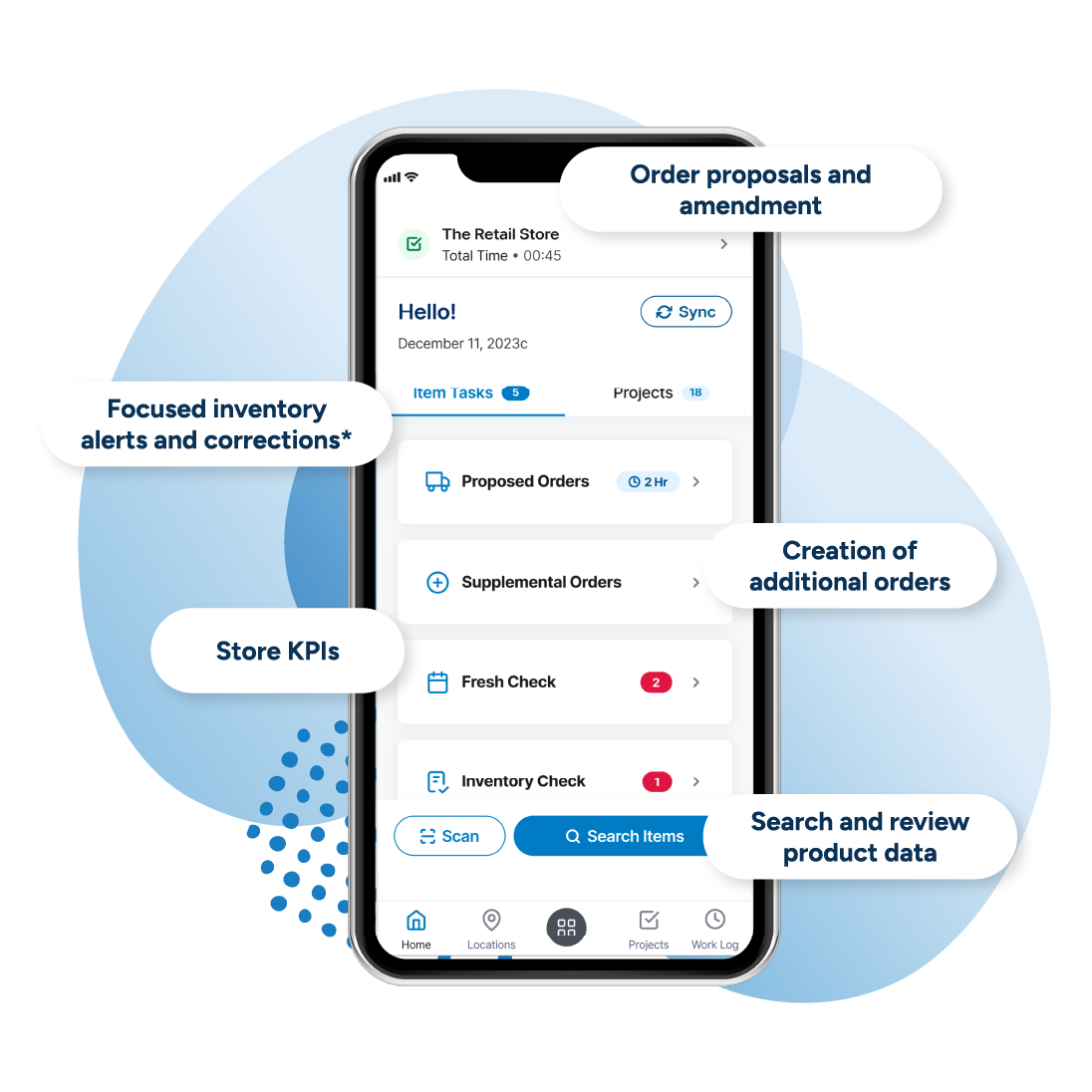
Solution 2: Make data actionable
An AI-driven solution can dramatically increase store order accuracy and recommendations, even with imperfect data. It can generate more granular forecasts, leveraging data across multiple demand drivers such as location, sales channels, seasons, and external factors. It enhances batch balance tracking to ensure sales aren’t being missed, improves production management around fresh goods, and scales orders up and down relative to business needs.
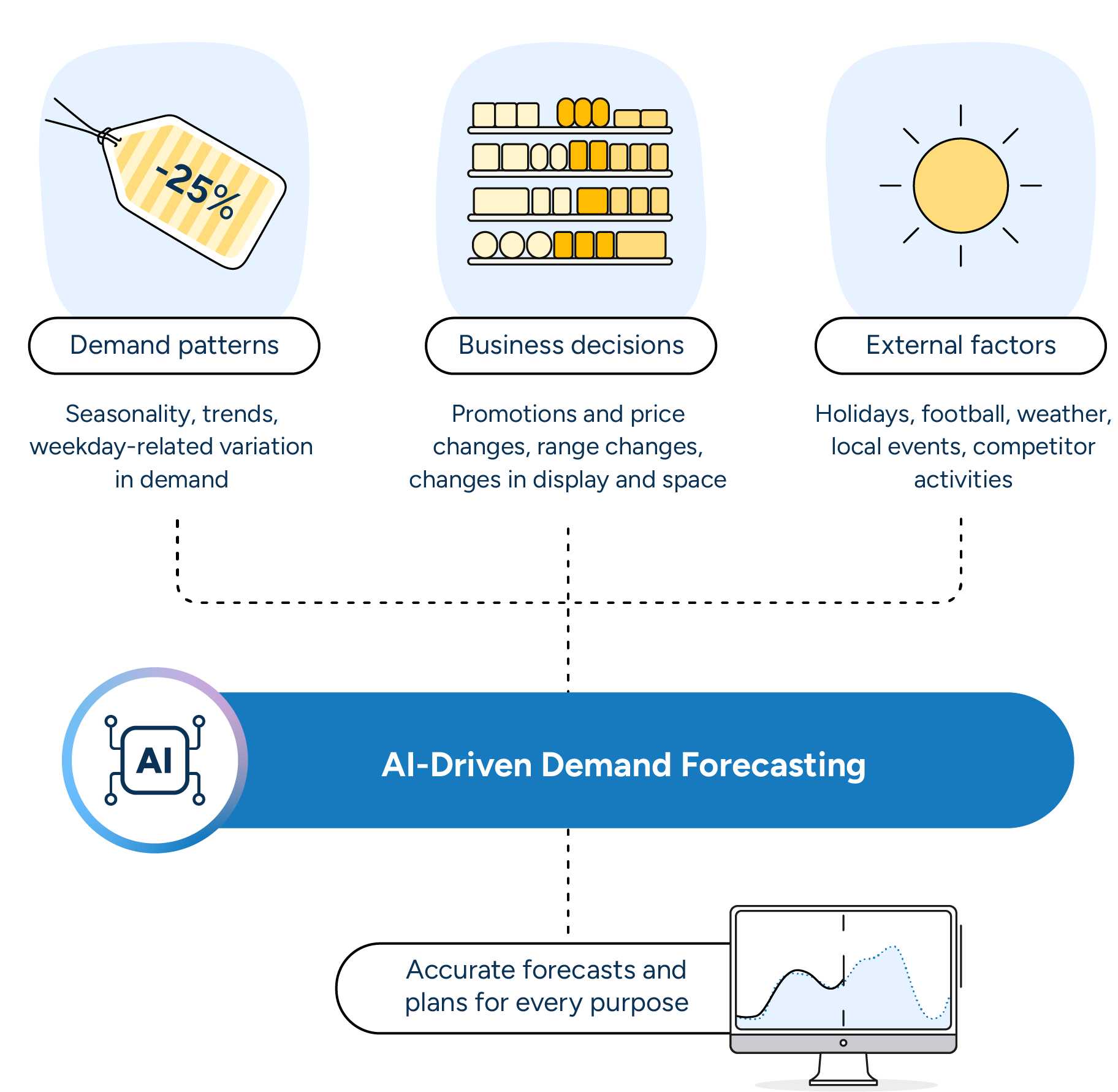
Solution 3: Provide clear visibility for optimal planning
Optimized supply chain management isn’t just a case of looking at what’s on shelves and what’s needed. It also means clearly understanding capacity limitations and what is best for the business. Adaptive order parameters form part of a solution that finds this balance between optimal forecasting and replenishment and internal capability and value. The system also works to make future projections beyond the next day or week. This means greater visibility of long-term business capability – not just to guide inventory but also future investments and workload balances among the labor force.
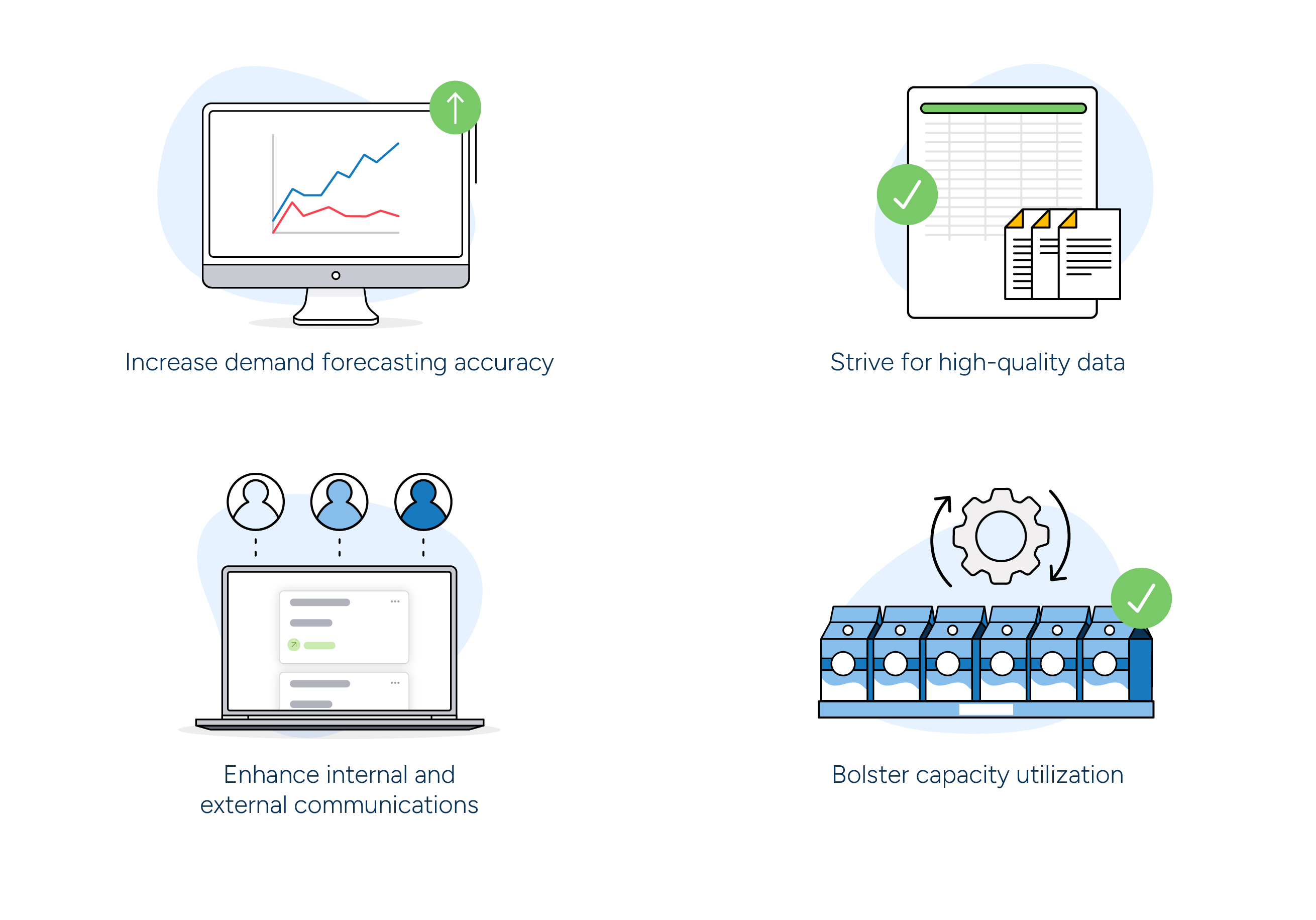
A better day awaits
Regardless of the current model – local ordering, central ordering, or a hybrid approach – the RELEX one-system model injects efficiency, productivity, and employee satisfaction into the lives of grocery stores.
Enabling effective store collaboration and empowerment, the AI-driven RELEX Platform doesn’t solely leverage data for more accurate forecasting and replenishment across grocery departments. It also offers best-case business decisions based on KPIs and business strategies that users can configure in real-time, without technical support, via the business rules engine.
Core offerings around optimized stock management ensure the right products are on the right shelves at the right time for maximum business value. Additional store workforce task management capabilities complement these, improving in-store prioritization and execution through an easy-to-use, integrated, mobile solution.
Our journey across North America and Europe has been eye-opening but not entirely surprising, given the lingering attitude towards AI and ML solutions. Solutions that are poised, when applied correctly, to transform all phases of store supply and operations, as well as employee and customer satisfaction.
Tomorrow is another day. Contact us to learn more about how RELEX can make tomorrow a better day in the life of your grocery store.



